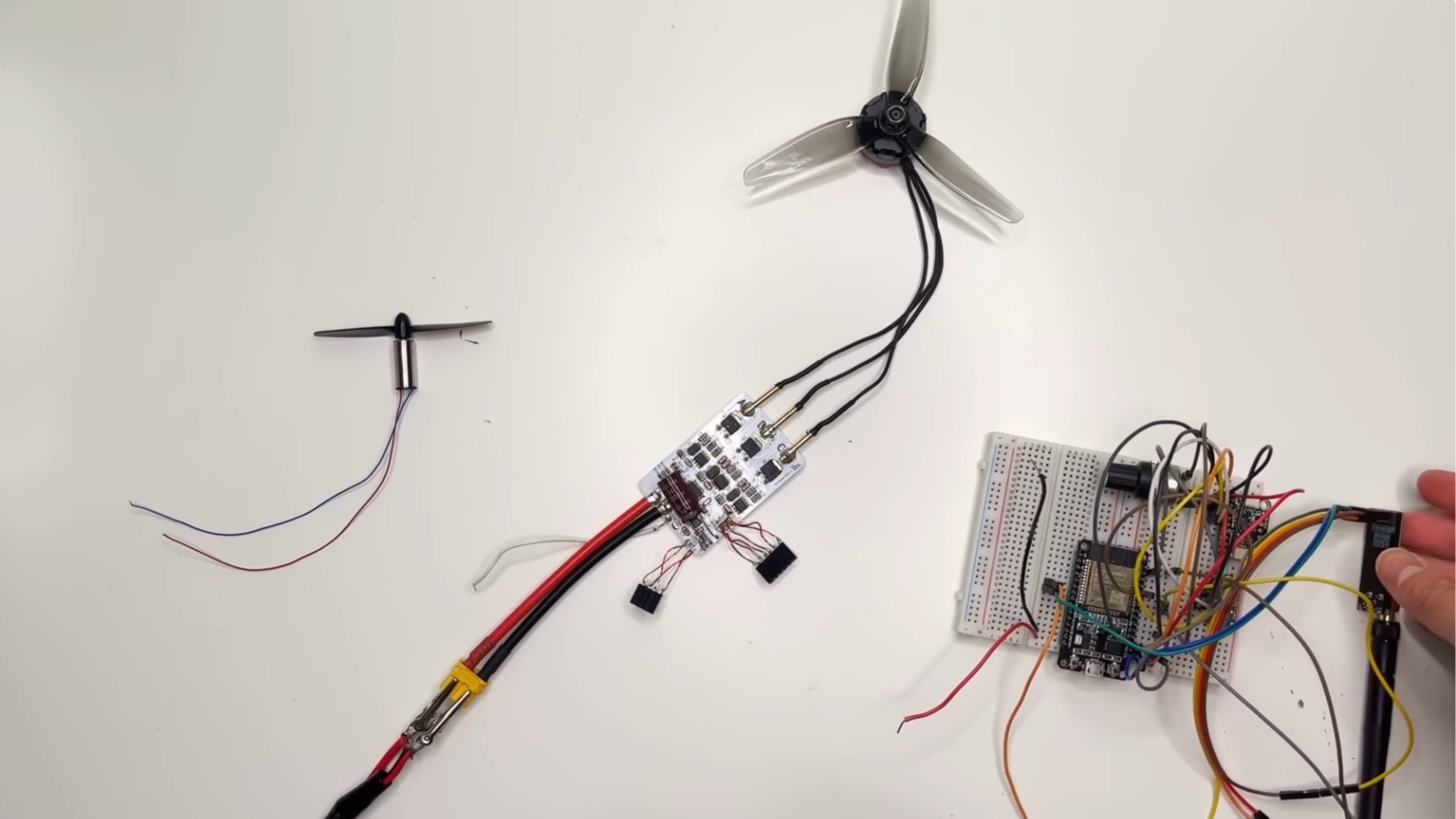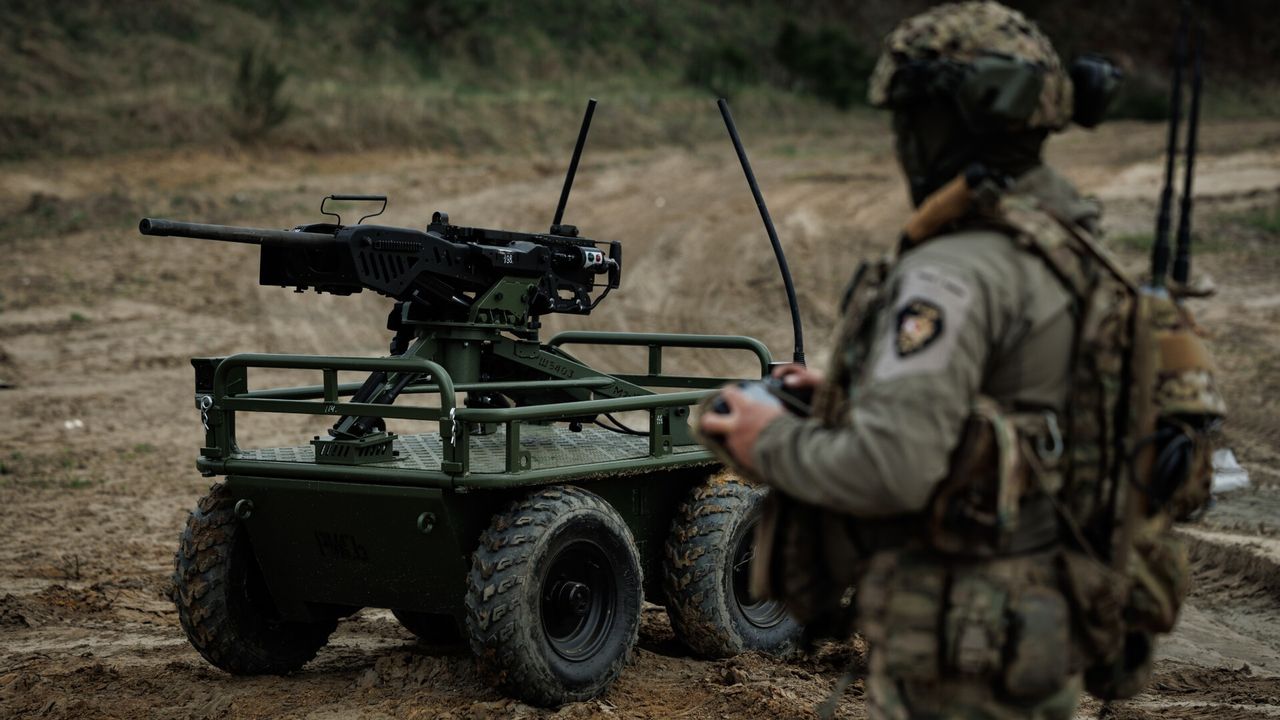A recent video by Thinking Techie delves into the fundamentals of direct current (DC) motor technology, offering insights into how these devices operate. The video, which runs for approximately ten minutes, serves both as an introduction for newcomers and a refresher for those already familiar with the topic. It explores the underlying principles of DC motors, including the interactions of magnets and coils, along with the distinctions between brushed and brushless motors.
In the video, viewers are guided through the various types of DC motors, starting with the basic magnetic effects that form the foundation of this technology. The presentation then progresses to cover 2-wire brushed DC motors, which are commonly used in many applications due to their simplicity and reliability.
Understanding Brushless DC Motors
The video also highlights 3-wire brushless DC motors (BLDC), explaining that the three wires correspond to three power phases rather than the typical positive, negative, and signal leads found in radio-controlled servos. This distinction is crucial for understanding how BLDC motors operate in different contexts, particularly in applications like computer cooling fans.
Interestingly, the video points out that the BLDC motors used in PC fans do have positive, negative, and signal pins. This is due to the integrated controllers within the fan casing, which enable more precise control of the motor’s performance.
For those interested in a deeper understanding of BLDC technology, additional resources are available. Notable mentions include “Take A Ride Through The Development Of A Custom BLDC Motor Controller” and “Moteus Open Source BLDC Controller Gets Major Upgrade,” which provide further insights into the advancements in motor controller technology.
The informative video by Thinking Techie offers a comprehensive overview of DC motors, making it a valuable resource for anyone looking to expand their knowledge in this area. Whether you are an engineer, a student, or simply curious about how these motors work, the video promises to enhance your understanding of this essential technology.







